How to Turn Your Space Into a Japandi Condo
By: Melecio Martin G. Arranz IV
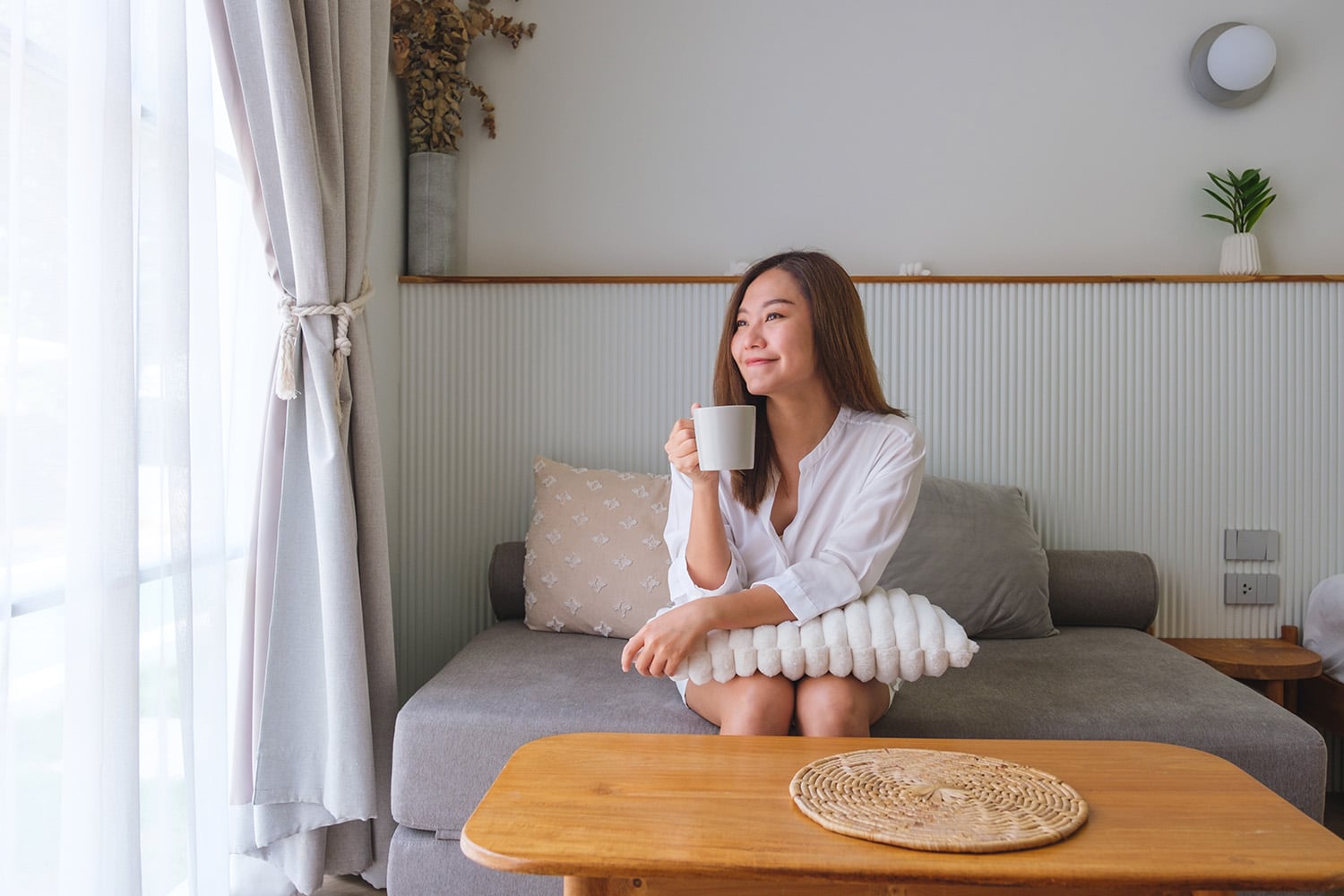
You know that feeling when you clean up a messy corner of your home, and suddenly, everything feels lighter—even your mind? That’s why so many people love minimalist interior design. It clears out clutter and makes room for peace.
Japandi takes this idea to the next level by blending Japanese simplicity with Scandinavian warmth. The result is a calm, cozy, and effortlessly stylish home.
If you want to turn your condo into a beautiful and functional space, this guide will show you how.
What is Japandi?
Japandi is an interior design style that blends Japanese minimalism with Scandinavian functionality. It focuses on simple forms and natural materials to create a serene and practical space.
This Japanese design takes inspiration from the Japanese philosophy of wabi-sabi. It’s a “less is more” approach that promotes uncluttered spaces, neutral colors, and a strong connection to nature. Meanwhile, Japandi’s Scandinavian side promotes hygge—cozy textures, soft lighting, and functional furniture.
Combining both styles creates a balanced, stylish home that feels open, calming, and inviting. Japandi is perfect for a clutter-free space without sacrificing comfort and character.
5 Key Elements of Japandi Design: Principles and Aesthetics
While Japandi design emphasizes minimalism, it’s not about having a stark, all-white space. Here are some elements that make this interior design style truly unique.
1. Neutral color palette and natural materials
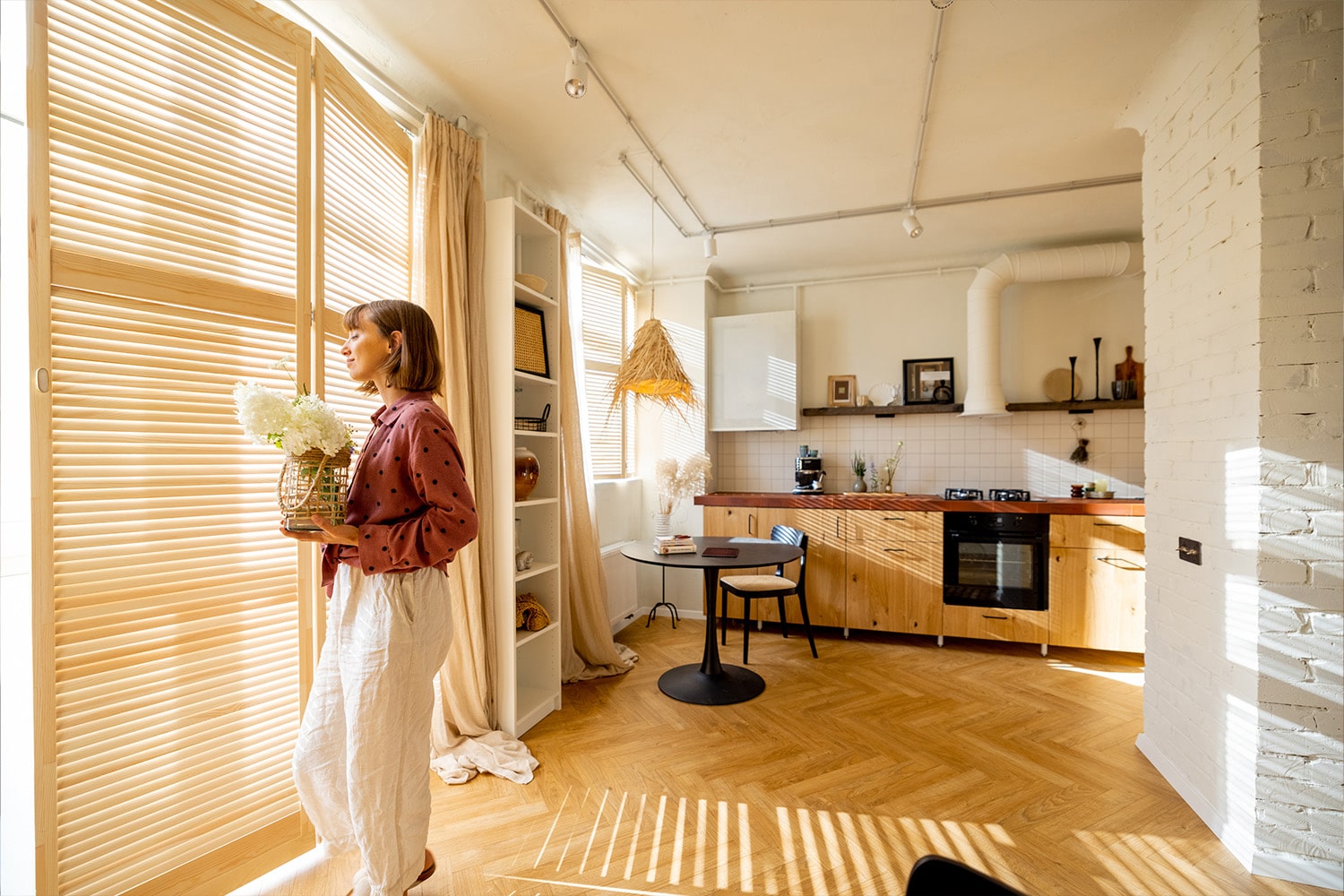
Both Japanese and Scandinavian interiors favor soft, neutral colors for a sense of calm and openness. Japandi spaces typically feature earthy tones like beige, warm gray, soft white, and muted greens to make rooms feel brighter and more relaxing.
They also use natural materials like wood, stone, rattan, and linen for warmth and texture. While Scandinavian interiors often use pine and oak, Japanese design incorporates bamboo and cedar.
2. Minimalism and functionality
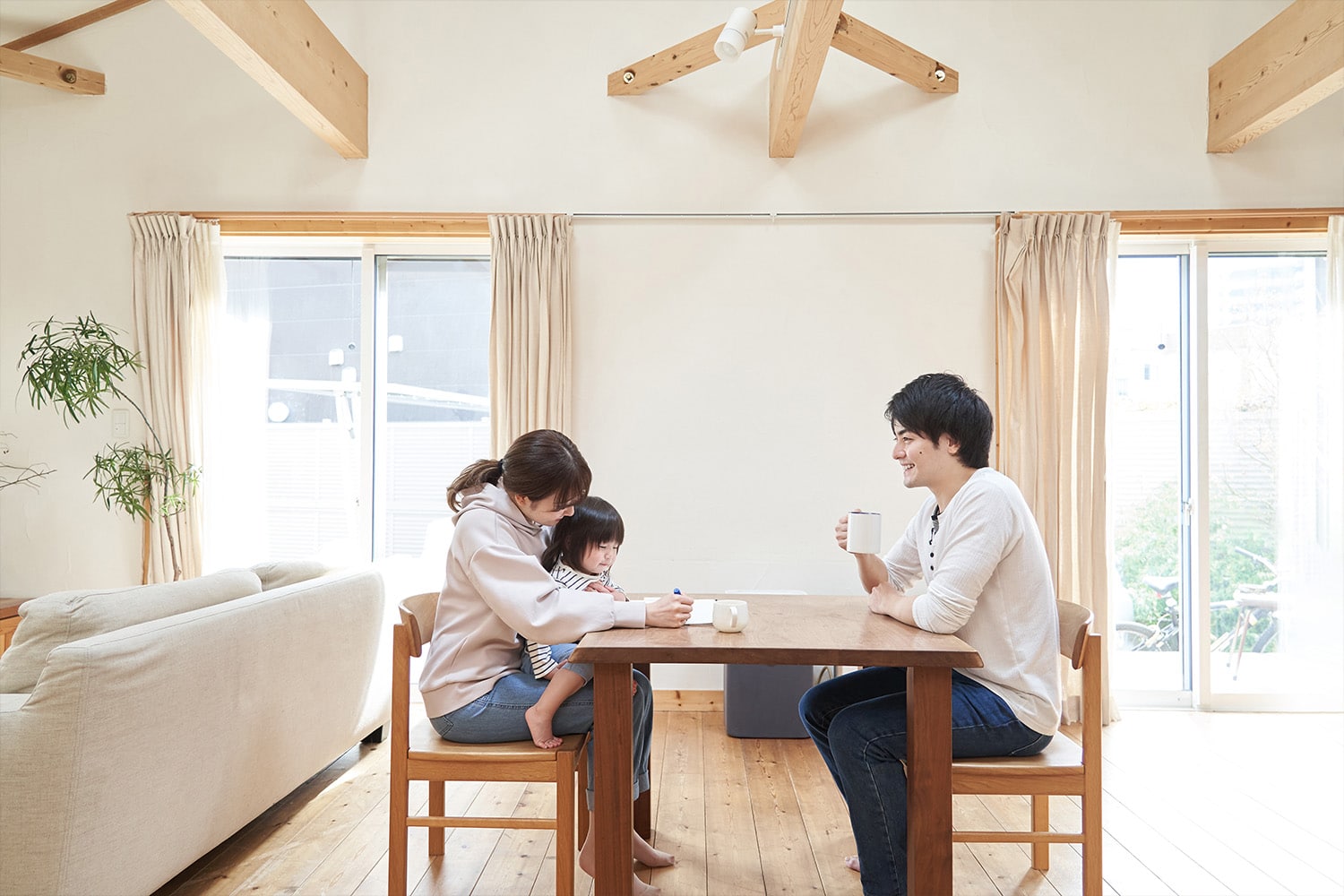
Japandi interior design follows a minimalist approach while embracing the practicality of Scandinavian design. Every item has a purpose: a sleek wooden dining table, a handcrafted ceramic vase, or a simple yet comfortable sofa.
But Japandi minimalism doesn’t feel cold or empty. Instead, it creates a cozy and livable space through functionality. Multipurpose furniture, built-in storage, and thoughtful layouts ensure that every part of your home is beautiful and valuable.
3. A combination of Japanese precision and Scandinavian warmth
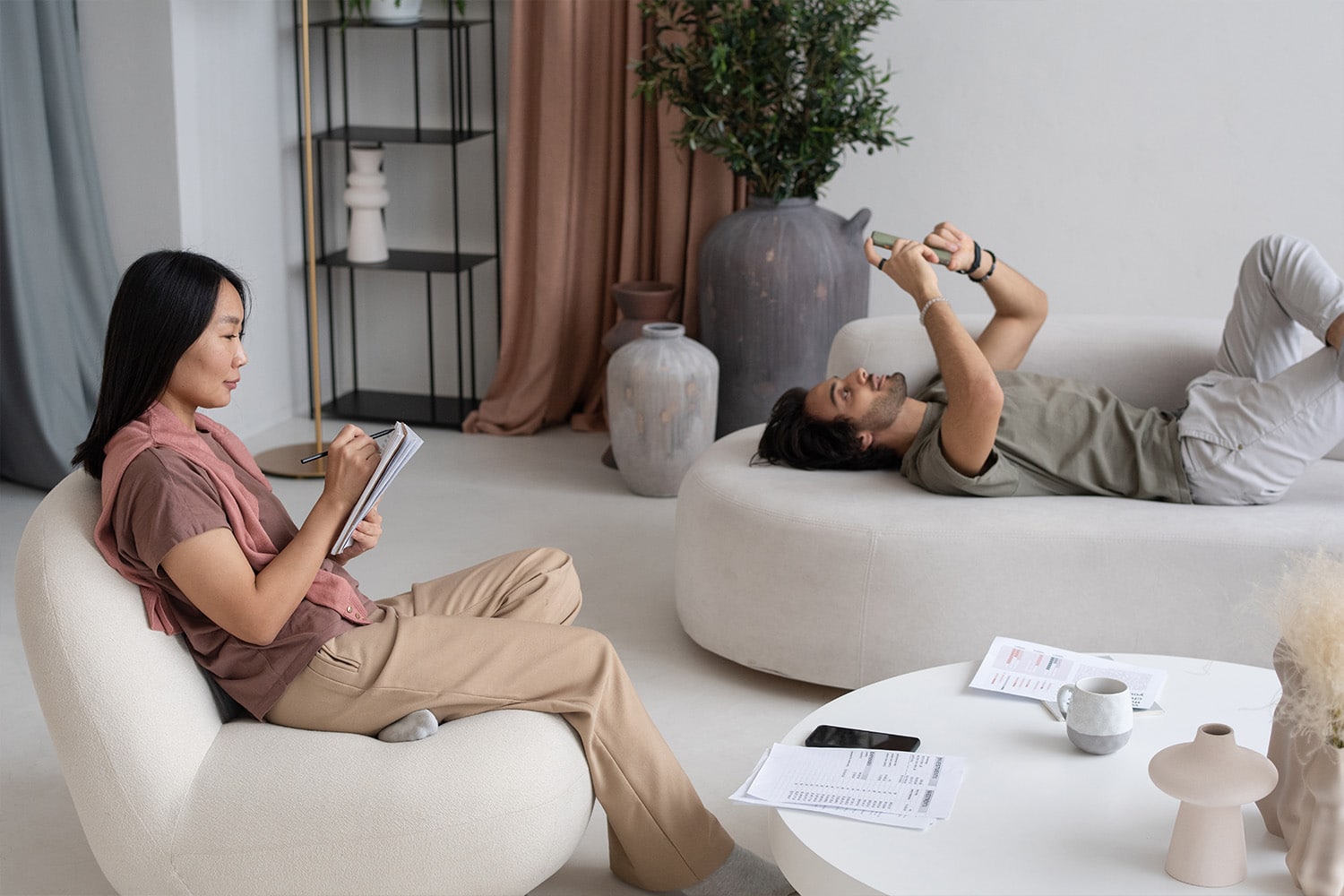
Japanese interiors are known for clean lines, symmetrical balance, and meticulous attention to detail. On the other hand, Scandinavian design is more relaxed, emphasizing softness and coziness. Japandi strikes a balance between the two.
For example, you’d like to pair a low-profile wooden coffee table with a soft, textured rug and cozy throw blankets. The structured simplicity and warm textures make the space feel refined and inviting.
4. Natural lighting and ambiance
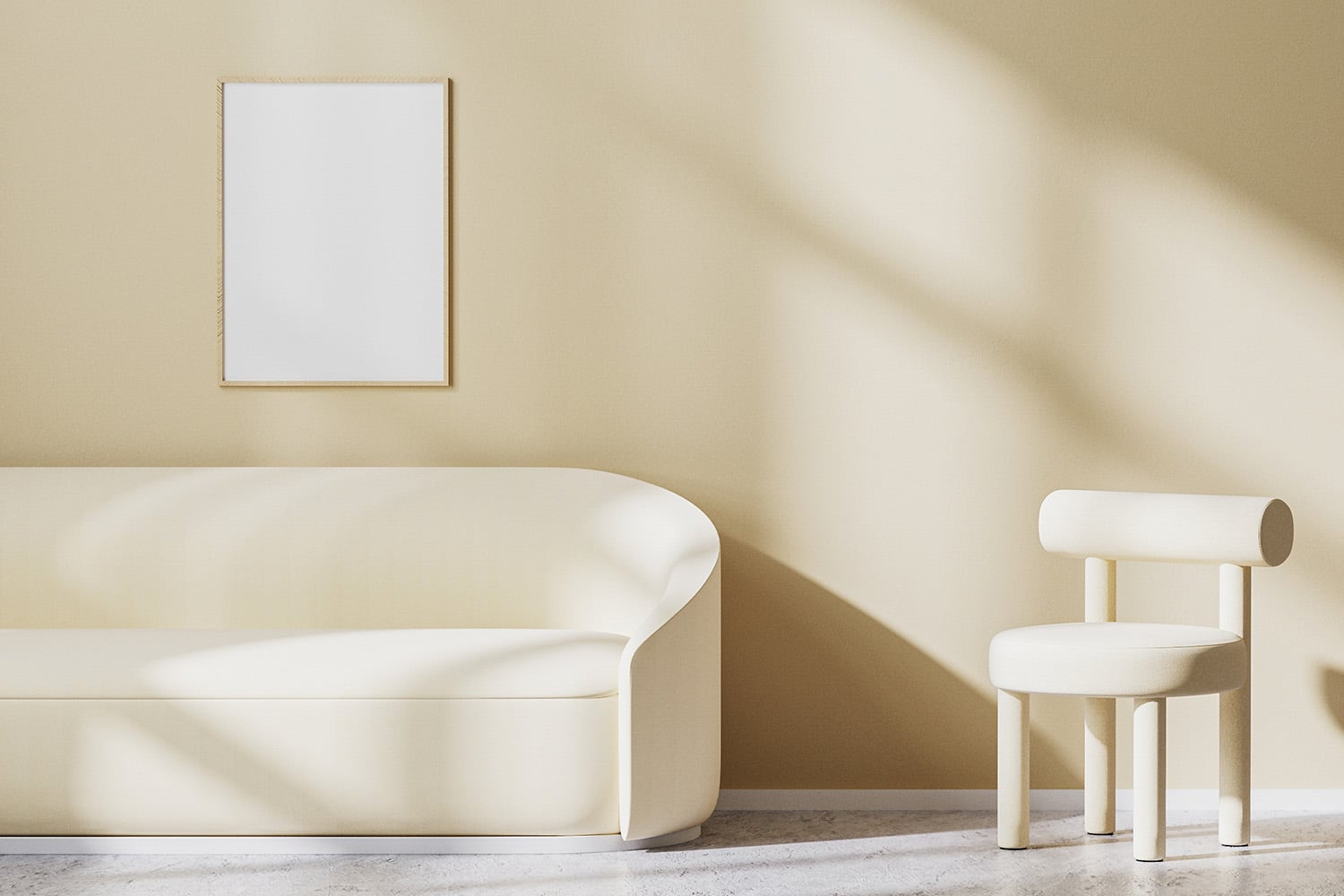
Japanese and Scandinavian interiors prioritize natural light to create an airy, open feel. Large windows, sheer curtains, and open layouts allow sunlight to flood the space and enhance the natural materials and soft color palette.
For evenings and darker spaces, Japandi interiors use soft, diffused lighting. Pendant lamps and warm-toned LED bulbs create a cozy atmosphere without being harsh or overwhelming. The goal is to maintain a calm, soothing ambiance at all times.
5. Sustainable and personal touches
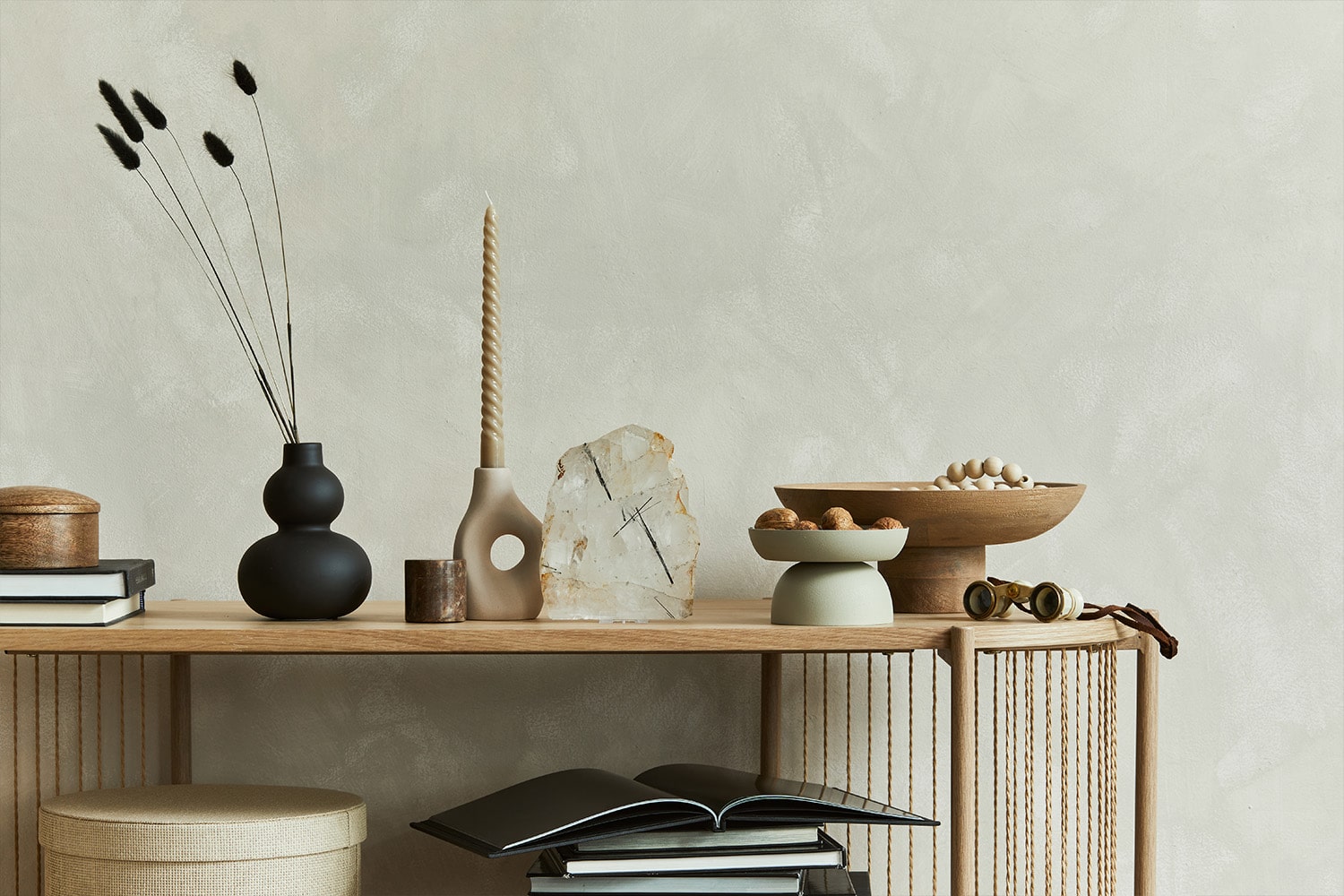
Japandi design focuses on quality over quantity. Instead of fast furniture or trendy decor, Japandi homes prioritize durable, well-crafted pieces made from sustainable materials. Handcrafted pottery, linen textiles, and bamboo accents add character and promote mindful living.
Personal touches are also key. Unlike ultra-minimalist spaces that feel impersonal, Japandi design allows for a few carefully chosen decorative pieces that reflect the homeowner’s personality. A small decorative knick-knack or indoor plant collection can add personality to the space without disrupting the clean aesthetic.
Essential Considerations Before Starting Your Japandi Condo Transformation
Japandi design is a great way to make your condo feel bigger and more serene. However, achieving the perfect balance isn’t as simple as it seems. Like any interior style, it requires careful planning so your space remains stylish and functional.
Assessing your space and layout
Before shopping for Japandi furniture or choosing colors, take a step back and assess your current space and layout. Japandi design focuses on open, airy spaces with minimal clutter, so check how to optimize your condo for functionality and style.
Look at the size and shape of your rooms—are there underutilized areas? Can you adjust any walls or furniture arrangements to create a more open, seamless flow? Remember that Japandi interior design embraces simplicity, so you may need to pare down or reorganize to maximize the space.
Consider the layout’s functionality, too. Japandi design is about making the space work for your everyday needs. Think about how you use each room and which pieces of furniture are essential to making your condo comfortable.
Considering condo-specific guidelines and lifestyle
Many condos have restrictions on renovations, such as rules about wall colors, flooring materials, or structural changes. So, check with your condo management to know what’s allowed.
For example, a condominium in BGC may want to keep exterior elements uniform or require specific materials for flooring and cabinetry.
Then, reflect on how your condo’s environment influences your design choices. If you’re in a bustling area, consider how natural light and views can enhance the calm, minimalist feel of Japandi. Taking advantage of large windows or sheer curtains can help soften the city’s noise and let in more light.
Budgeting and resource planning
Japandi design is rooted in high-quality materials, but you don’t have to spend a lot to create a beautiful space. Setting a realistic budget is one of the first things you should do before purchasing furniture and decor.
You can break down your budget into key categories:
- Furniture – Focus on essential pieces like a low-profile sofa, a functional dining table, and minimalist storage solutions. Look for quality, timeless pieces that’ll last.
- Materials – Wood, linen, stone, and other natural materials can vary in cost. Consider where you’re willing to invest in premium materials (like a custom wood dining table) and where you can save (such as off-the-shelf accessories or sustainable decor).
- Decor – While Japandi spaces are minimal, a few carefully chosen items like a statement lamp, indoor plants, or handmade ceramics can add warmth and personality.
Don’t forget to factor in permits, labor, and installation costs if making structural changes. Also, get multiple cost estimates and adjust as needed. Ideally, you set aside at least 10% of your budget for unexpected expenses to keep your project on track.
Defining your design goals
What do you want to achieve with your Japandi condo transformation? Is it about creating a calm retreat to unwind after a busy day, or are you looking to enhance your space for work and relaxation?
A clear vision can guide your choices for your home. Consider setting SMART goals:
- Specific – Outline precisely what you want to change. Do you need to repaint walls, replace furniture, or add better lighting?
- Measurable – Set a budget and timeline to keep your project on track. For example, you can set aside a budget for a one-day lighting installation.
- Achievable – Be realistic about what fits your space and budget. Japandi thrives on simplicity, so less is more.
- Relevant – Align your choices with how you live. Do you need multi-functional furniture? More storage? A designated relaxation area?
- Time-bound – Give yourself a deadline to avoid endless tweaks and unfinished projects.
Gathering inspiration and research
Once you have a good sense of your space, budget, and goals, start gathering inspiration. Look for Japandi design examples in magazines, online platforms, and interior design blogs. Pinterest and Instagram are excellent sources for visual inspiration, while design blogs can provide practical tips on executing the look in real life.
You don’t need to copy an entire design—pull out the pieces you love. Whether it’s a specific piece of furniture, a color palette, or a way of combining natural materials, researching gives you a clearer vision of bringing your Japandi condo to life.
Step-by-Step Guide: Transforming Your Condo Into a Japandi Haven
If you’re ready to embrace the Japandi aesthetic in your home, here are the steps you should start with.
1. Declutter and organize your space
Review each room and remove anything that you don’t use. Sort your belongings into four categories: trash, recycling, donation, and keeping.
Then, invest in stylish storage solutions that blend seamlessly with the minimalist aesthetic—such as low-profile cabinets or simple shelving units—for items you want to keep. Remember, Japandi is about functionality, so everything should have a place.
2. Select the right Japandi furniture and decor
Look for Japandi furniture with clean lines and a natural, organic feel. Choose wood furniture with minimal embellishments—think low-profile sofas, simple wooden tables, and streamlined chairs. You can also opt for neutral-toned pieces in natural materials like oak, walnut, and bamboo to maintain a soothing vibe.
Regarding decor, stick to a few key pieces that add warmth and personality. A ceramic vase, a handcrafted bowl, or a woven rug can all enhance the Japandi aesthetic without removing the minimalist vibe.
Incorporate color, texture, and natural elements
Begin with a neutral color palette like off-white, light gray, and soft beige for walls and larger furniture pieces. These colors create a calming base that lets the natural materials shine.
If you want to incorporate non-neutral color or contrast, consider using earthy greens, muted blues, soft browns, or deep charcoal. These shades maintain Japandi’s natural and calming aesthetic while adding depth and warmth to your space.
Next, bring in texture to add depth and warmth. A wool rug, linen cushions, or a cotton throw blanket can make your space feel inviting. Indoor plants can also bring nature inside, making your condo feel calm and grounded. Stick to simple, elegant greenery that matches Japandi’s clean look.
Create a cohesive layout and flow
Japandi design promotes a smooth flow from room to room. So, consider arranging your furniture to create an open, airy feel and avoid overcrowding spaces. You can place pieces near windows to keep the center of each room open while maximizing sunlight.
In smaller areas, multi-functional furniture like a sofa that doubles as storage can help keep things organized without sacrificing style.
Add finishing touches and make ongoing adaptations
If your condo feels empty, add thoughtful finishing touches that reflect your style. A statement artwork, woven banig mat, or a handwoven inabel throw can bring warmth and personality to the space. Small decor pieces like framed family photos, rattan baskets, or scented soy candles can enhance the cozy feel.
Be open to adjustments over time. If something feels off, rearrange furniture or swap out decor until you find the right balance. Since the Philippines has a tropical climate, consider using light fabrics during the hot months and adding warmer textures like knitted throws during the rainy season.
Less Clutter, More Calm
If you want a clean and clutter-free home, Japandi is the way to go. They say, “Out of sight, out of mind,” and having an organized space can help you feel more at peace.
Japandi also supports eco-friendly living, which modern condo developments by real estate developers in the Philippines, like Federal Land, are proud of.
For instance, The Seasons Residences has Japanese-inspired features that focus on function, simplicity, and natural elements—perfect for a stylish and sustainable home. Federal Land also has other well-built, thoughtfully designed RFO and pre-selling condos with excellent investment potential in top locations.
Own a piece of Japan at Federal Land’s The Seasons Residences.

